Container shipping plays a crucial role in global trade, particularly in the exchange of goods between major economies like China and the United States. For businesses looking to import products efficiently, understanding the intricacies of shipping costs is essential. This guide provides a comprehensive overview of container shipping, focusing on the costs associated with 20 ft and 40 ft containers. We’ll explore the various components that contribute to shipping expenses, factors influencing these costs, and strategies for optimizing your shipping logistics. By equipping yourself with this knowledge, you can make informed decisions that enhance your supply chain management and reduce overall shipping expenditures.
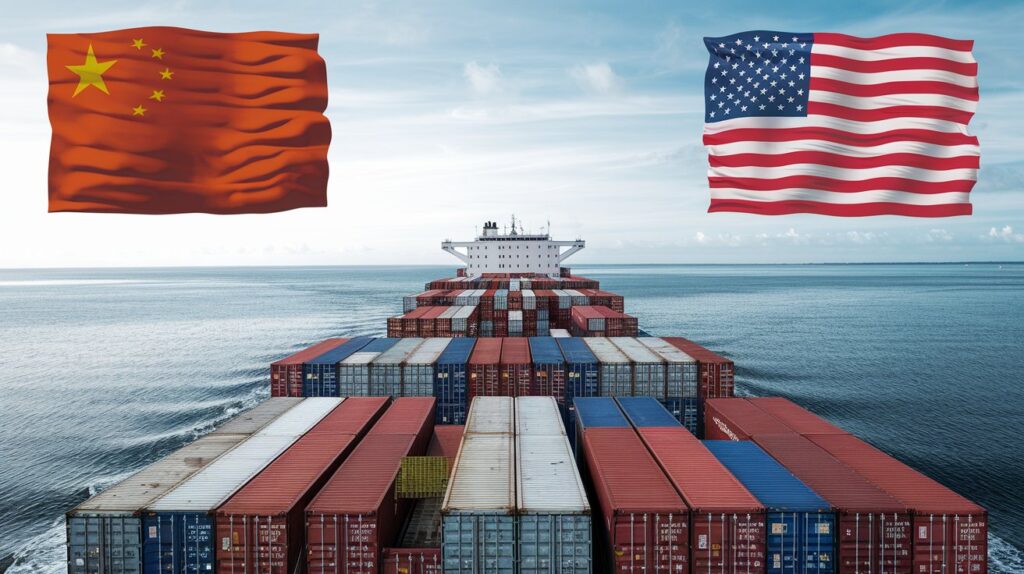
Understanding Container Shipping Costs from China to the USA
Container shipping involves the transportation of cargo in standardized containers, which are versatile, secure, and designed for efficient loading and unloading. This method of shipping has revolutionized global trade by allowing for the easy intermodal transport of goods. A container can be transferred seamlessly between ships, trucks, and trains, significantly reducing transit times and logistics complexities.
Key Features of Container Shipping
-
Standardization: Containers are built to specific dimensions, easing the loading and unloading process, and maximizing the utilization of cargo space.
-
Security: Containers are sealed and locked, protecting the cargo from theft, damage, and environmental elements during transit.
-
Cost-Effectiveness: Shipping goods in bulk reduces individual shipping costs, benefiting businesses through economies of scale.
-
Global Reach: With a network of shipping routes and ports, container shipping connects producers and consumers across continents.
Importance of Container Shipping in Global Trade
The significance of container shipping in global trade cannot be overstated. It facilitates the movement of massive volumes of goods, contributing to economic growth and development in many nations. Specifically, here are the reasons why container shipping is pivotal:
-
Facilitates Trade Relationships: By providing a reliable means of transportation, container shipping strengthens trade relationships, particularly between countries like China and the USA, which are among the world’s largest trading partners.
-
Supports Supply Chain Efficiency: The predictability and speed of container shipping enhance overall supply chain efficiency, allowing businesses to respond swiftly to market demands.
-
Cost Control: Container shipping enables companies to manage shipping costs effectively, which is crucial for maintaining competitive pricing for consumers.
-
Environmental Considerations: Modern container ships are designed for improved fuel efficiency and reduced emissions, aligning with sustainability goals in international trade.
20 ft Container Shipping Cost from China to USA
When assessing the cost of shipping a 20 ft container from China to the USA, several factors come into play. Understanding the cost breakdown will aid businesses in budgeting and decision-making.
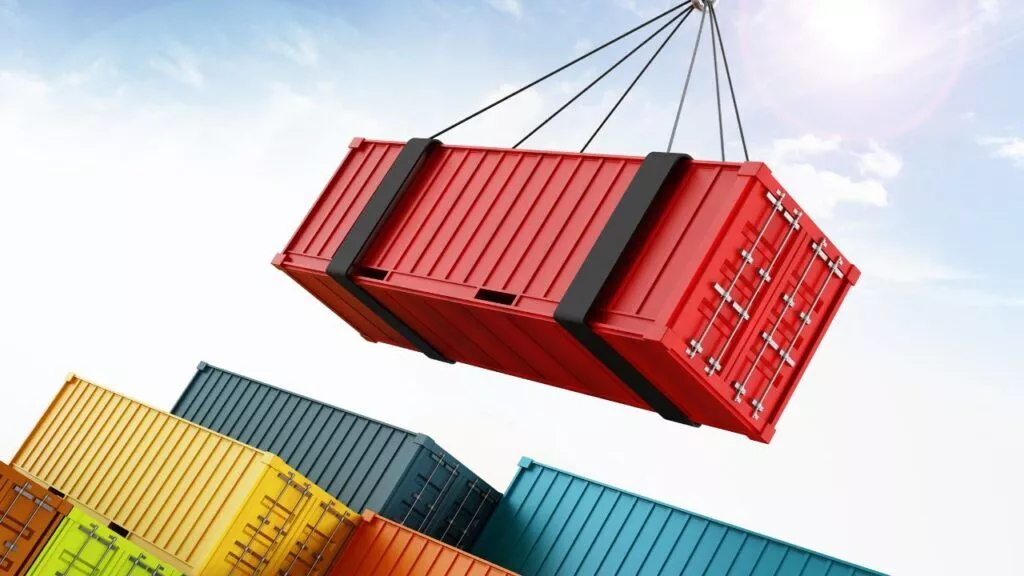
Cost Breakdown for 20 ft Containers
| Cost Component | Description | Average Cost (USD) |
|---|---|---|
| Freight Charges | Base cost for shipping the container from the port of origin to the destination port. | $1,000 – $4,000 |
| Port Charges | Fees incurred at both origin and destination ports, including loading and unloading. | $200 – $600 |
| Customs Duties and Taxes | Charges levied by the government on imported goods, varying by product type. | Variable |
| Insurance | Optional but recommended coverage for goods in transit. | $100 – $300 |
| Inland Transportation | Costs for moving the container from the port to the final destination. | $200 – $800 |
| Documentation Fees | Charges for necessary paperwork, including bills of lading and customs clearance. | $50 – $150 |
Factors Influencing Costs
Several factors can impact the overall cost of shipping a 20 ft container from China to the USA:
-
Shipping Method: The choice between ocean freight and air freight significantly affects costs; ocean freight is generally more economical for bulk shipments.
-
Seasonality: Shipping costs can fluctuate based on peak seasons, such as holidays and events that increase demand for shipping services.
-
Distance and Route: The specific route taken and distance traveled will also contribute to the shipping cost.
-
Container Type and Condition: Options include standard containers, refrigerated containers, or specialized containers for oversized cargo, each varying in price.
-
Currency Fluctuations: The exchange rate between the US dollar and Chinese yuan can also affect overall shipping costs.
Additional Considerations
For businesses looking to import goods efficiently, leveraging the expertise of a freight forwarder can streamline the process. Dantful International Logistics offers tailored solutions for door-to-door shipping services, ensuring that your cargo reaches its destination safely and on time. Their comprehensive services include customs clearance, warehouse services, and insurance services, providing a one-stop solution for global traders.
By understanding the various components of shipping costs and working with reputable freight forwarding companies like Dantful, businesses can navigate the complexities of importing goods from China to the USA more effectively, ensuring a smooth and cost-efficient experience.
40 ft Container Shipping Cost from China to the USA
Shipping goods in 40 ft containers is a popular choice for businesses importing larger volumes of products from China to the USA. Understanding the associated costs is crucial for effective budgeting and financial planning.
Cost Breakdown for 40 ft Containers
The costs associated with shipping a 40 ft container from China to the USA can vary widely based on multiple factors. Below is a detailed breakdown of typical costs related to this shipping method.
| Cost Component | Description | Average Cost (USD) |
|---|---|---|
| Freight Charges | Base cost for transporting the container from the port of origin to the destination port. | $2,000 – $6,000 |
| Port Charges | Charges at both the origin and destination ports, including loading and unloading fees. | $300 – $800 |
| Customs Duties and Taxes | Applicable government charges based on the nature of the imported goods. | Variable |
| Insurance | Optional but recommended insurance to cover goods while in transit. | $150 – $500 |
| Inland Transportation | Costs incurred for transporting the container from the port to the final destination. | $300 – $1,200 |
| Documentation Fees | Charges for necessary paperwork, including bills of lading and customs clearance. | $75 – $200 |
Additional Information on Costs
The total cost of shipping a 40 ft container is generally higher than that of a 20 ft container due to increased volume and weight capacity, making it a viable option for businesses looking to ship larger quantities of goods. The average cost can also fluctuate based on distance, shipping routes, and the specific nature of the cargo being transported.
Factors Influencing Container Shipping Costs
Understanding the various factors that influence container shipping costs is essential for businesses aiming to optimize their shipping strategy. Here are the key elements:
Type of Container: FCL vs. LCL
-
Full Container Load (FCL): When using FCL, the shipper rents the entire container, which often results in lower shipping rates per unit and faster transit times. This is especially beneficial for businesses with sufficient cargo volume.
-
Less than Container Load (LCL): LCL shipping allows multiple shippers to share a container, making it a more economical option for smaller shipments. However, LCL can incur higher per-unit costs and longer transit times due to the consolidation process.
The choice between FCL and LCL greatly affects overall shipping costs, delivery speed, and logistics planning.
Distance and Shipping Routes
The geographical distance between the shipping ports in China and the destination ports in the USA can significantly impact shipping costs. Longer distances generally lead to higher freight rates. Additionally, the specific shipping route chosen can also influence costs due to factors such as port congestion, seasonal traffic patterns, and navigational challenges.
Seasonal Variations in Shipping Costs
Container shipping costs are subject to seasonal fluctuations influenced by demand. Peak shipping seasons, such as the months leading up to major holidays (e.g., Christmas), often see increased demand and higher rates. Conversely, during off-peak seasons, costs may decrease as demand for shipping services subsides. Businesses should plan their shipping schedules accordingly to capitalize on these variations.
Impact of Fuel Prices on Shipping Rates
Fuel prices play a critical role in determining shipping rates. An increase in oil prices typically translates to higher operational costs for shipping lines, which may then be passed on to shippers in the form of increased freight charges. Monitoring fuel prices and their trends can help businesses anticipate potential cost fluctuations and adjust their shipping strategies accordingly.
By taking into account these various factors, companies can better manage their shipping logistics, optimize their budgets, and refine their overall supply chain strategies. Utilizing the expertise of a reliable freight forwarding partner such as Dantful International Logistics can further enhance efficiency and cost-effectiveness when importing goods from China to the USA.
You may be interested in the following related articles:
- Shipping From China to Panama
- Shipping From China to Costa Rica
- Shipping From China to Jamaica
- Shipping From China to Brazil
- Shipping From China TO Colombia
- Shipping From China to Venezuela
- Shipping From China TO Mexico
- Shipping From China TO Canada
Additional Costs to Consider in Container Shipping
When planning for container shipping from China to the USA, it is vital to consider all potential costs beyond the basic freight charges. Understanding these costs can help businesses better budget and manage their logistics operations effectively.
Customs Duties and Taxes
Customs duties and taxes are mandatory fees imposed by governments on imported goods. These costs can vary significantly based on several factors:
-
Type of Goods: Different categories of products may have different duty rates. For example, electronics may be taxed differently from textiles or food items.
-
Country of Origin: The origin of goods can influence duty rates due to trade agreements or tariffs in place between the exporting and importing countries.
-
Value of Goods: Customs duties are typically calculated as a percentage of the product’s value, which means higher-value goods will incur higher duties.
Businesses should conduct thorough research on the applicable duty rates and potential exemptions to avoid unexpected costs. Utilizing Customs Clearance services can simplify the process and ensure compliance with regulations.
Handling and Port Fees
Handling and port fees encompass a range of charges incurred throughout the shipping process, including:
-
Loading and Unloading Fees: Charges applied when loading cargo onto a vessel at the origin port and unloading it at the destination port.
-
Terminal Handling Charges (THC): Fees for the services provided at the port’s terminal, including the movement of containers within the terminal.
-
Storage Fees: Costs associated with the temporary storage of containers at the port if they cannot be transported immediately upon arrival.
These fees can vary significantly based on the port’s location and the infrastructure available, making it essential to account for them when budgeting for container shipping.
Insurance Costs for Container Shipping
Insurance costs are another important consideration in container shipping. While not mandatory, obtaining insurance is highly recommended to protect your cargo against potential risks during transit. Factors affecting insurance costs include:
-
Value of the Goods: Higher-value shipments will naturally incur higher insurance premiums.
-
Type of Coverage: Different insurance policies offer varying levels of protection. For example, total loss coverage protects against complete loss, while marine cargo insurance covers damage during transit.
-
Risk Factors: The risk associated with transporting specific goods (e.g., fragile or hazardous materials) may also impact insurance costs.
Investing in comprehensive insurance for your shipments can prevent significant financial losses in the event of mishaps.
Tips for Reducing Container Shipping Costs
Container shipping costs can add up quickly, but there are strategies businesses can employ to minimize these expenses. Here are several effective approaches:
Choosing the Right Freight Forwarder
Selecting a reputable freight forwarder can have a significant impact on overall shipping costs. A knowledgeable freight forwarder can help:
-
Negotiate Better Rates: Established freight forwarders often have established relationships with shipping lines, which may enable them to secure better shipping rates.
-
Provide Insightful Advice: They can offer tailored solutions based on your specific shipping needs, including routes, methods, and schedules that may save you money.
-
Streamline Logistics: A good freight forwarder can help manage the logistics of customs clearance, documentation, and transportation, reducing delays and extra costs.
Effective Planning and Scheduling
Planning and scheduling shipments well in advance can help businesses take advantage of lower rates. Here are some key strategies:
-
Off-Peak Shipping: Schedule shipments during off-peak times when demand is lower, leading to potentially reduced freight costs.
-
Advance Bookings: Booking shipping services in advance can help secure lower rates compared to last-minute bookings.
-
Flexible Scheduling: Being flexible with shipping dates and routes can offer more cost-effective options.
Utilizing Freight Calculators
Many freight forwarders and logistics companies offer freight calculators that allow businesses to estimate shipping costs based on various parameters, including:
-
Dimensions and Weight: Accurate measurements of cargo can help determine the most cost-effective shipping method.
-
Shipping Routes: Assessing different routes can reveal cheaper alternatives.
Using a freight calculator can provide valuable insights to help businesses make informed shipping decisions.
Consolidating Shipments for Cost Efficiency
Consolidating multiple smaller shipments into a single larger shipment can significantly reduce shipping costs. Here’s how:
-
Shared Container Space: Combining shipments allows multiple businesses to share container space, reducing the overall costs associated with shipping.
-
Reduced Handling Costs: Fewer shipments mean fewer handling and documentation fees, which can contribute to overall savings.
-
Increased Bargaining Power: Larger shipments may provide more negotiating leverage with freight forwarders and shipping lines, potentially leading to lower rates.
Implementing these strategies can help businesses minimize their container shipping costs while ensuring reliable and efficient transport of goods from China to the USA. For tailored solutions and expert guidance, consider partnering with Dantful International Logistics, your reliable freight forwarding partner for efficient door-to-door shipping services.
Dantful International Logistics Services:
- Dantful Ocean Freight Services
- Air Freight From China
- Amazon FBA Freight Forwarding
- WAREHOUSE Services
- One-Stop Customs Clearance Solution
- Cargo Insurance Services in China
- DDP Shipping Services By Dantful Logistics
- Out of Gauge Cargo Transportation Shipping Services

Young Chiu is a seasoned logistics expert with over 15 years of experience in international freight forwarding and supply chain management. As CEO of Dantful International Logistics, Young is dedicated to providing valuable insights and practical advice to businesses navigating the complexities of global shipping.


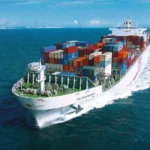



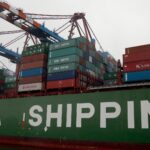
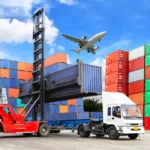

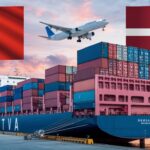

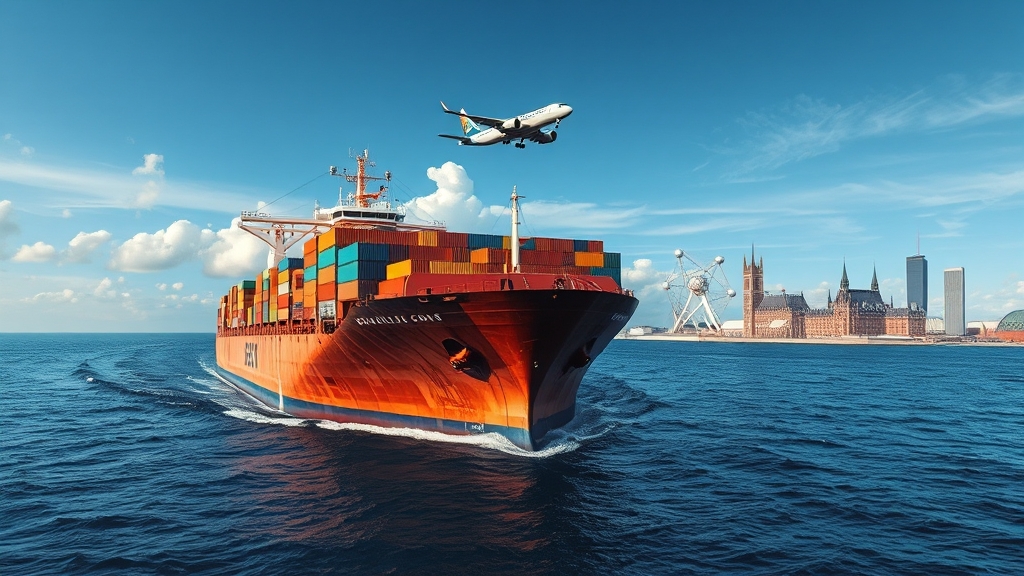
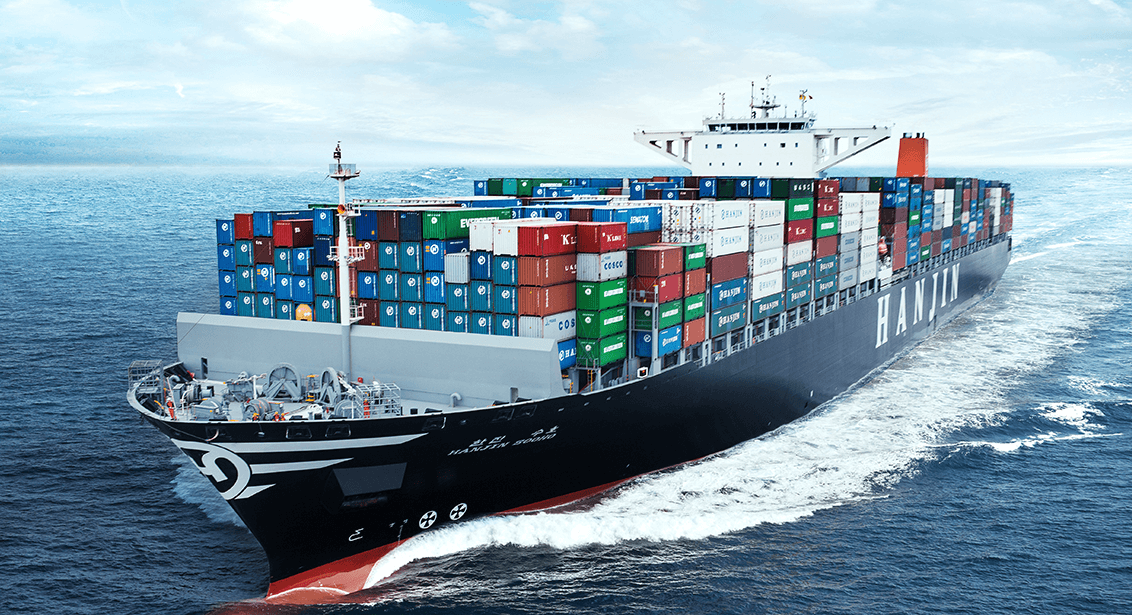
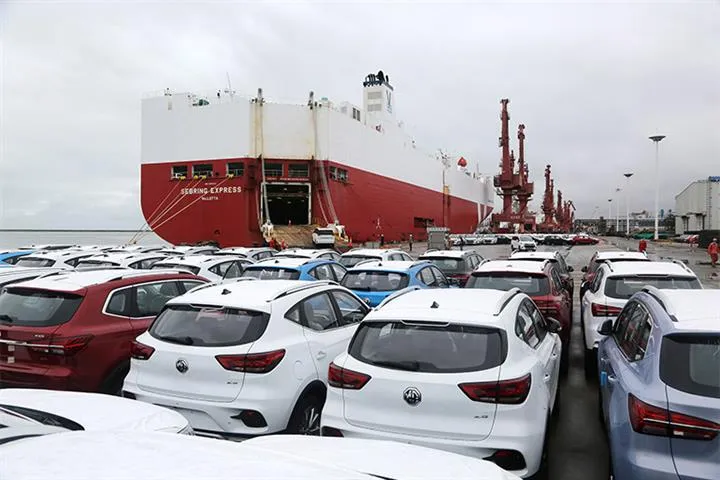

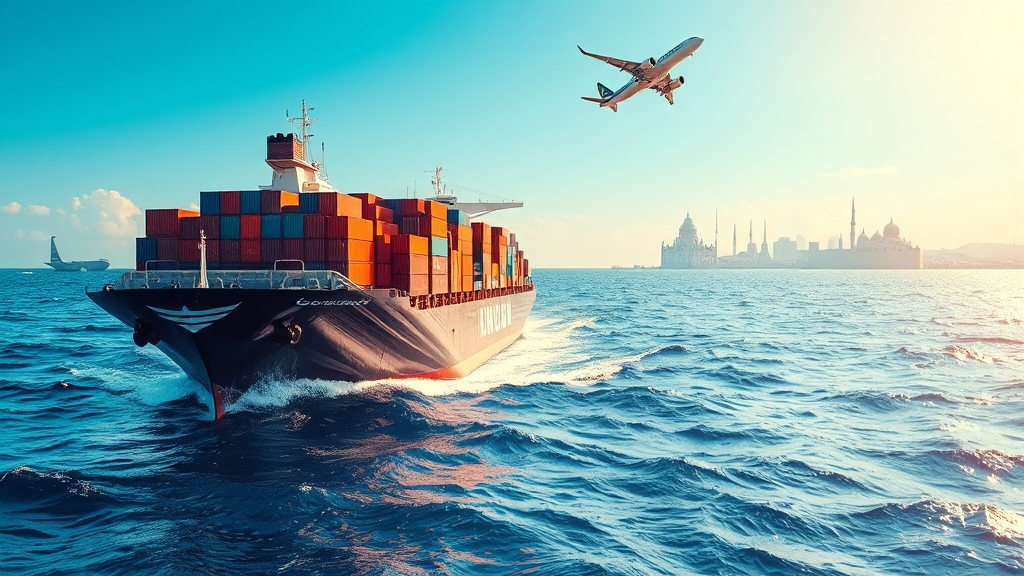





 Afrikaans
Afrikaans Shqip
Shqip አማርኛ
አማርኛ العربية
العربية Հայերեն
Հայերեն Azərbaycan dili
Azərbaycan dili Euskara
Euskara Беларуская мова
Беларуская мова বাংলা
বাংলা Bosanski
Bosanski Български
Български Català
Català Cebuano
Cebuano Chichewa
Chichewa 简体中文
简体中文 繁體中文
繁體中文 Corsu
Corsu Hrvatski
Hrvatski Čeština
Čeština Dansk
Dansk Nederlands
Nederlands English
English Esperanto
Esperanto Eesti
Eesti Filipino
Filipino Suomi
Suomi Français
Français Galego
Galego ქართული
ქართული Deutsch
Deutsch Ελληνικά
Ελληνικά Kreyol ayisyen
Kreyol ayisyen Harshen Hausa
Harshen Hausa Ōlelo Hawaiʻi
Ōlelo Hawaiʻi עִבְרִית
עִבְרִית हिन्दी
हिन्दी Hmong
Hmong Magyar
Magyar Íslenska
Íslenska Igbo
Igbo Bahasa Indonesia
Bahasa Indonesia Gaeilge
Gaeilge Italiano
Italiano 日本語
日本語 Basa Jawa
Basa Jawa ಕನ್ನಡ
ಕನ್ನಡ Қазақ тілі
Қазақ тілі ភាសាខ្មែរ
ភាសាខ្មែរ 한국어
한국어 كوردی
كوردی Кыргызча
Кыргызча ພາສາລາວ
ພາສາລາວ Latin
Latin Latviešu valoda
Latviešu valoda Lietuvių kalba
Lietuvių kalba Lëtzebuergesch
Lëtzebuergesch Македонски јазик
Македонски јазик Malagasy
Malagasy Bahasa Melayu
Bahasa Melayu മലയാളം
മലയാളം Maltese
Maltese Te Reo Māori
Te Reo Māori मराठी
मराठी Монгол
Монгол ဗမာစာ
ဗမာစာ नेपाली
नेपाली Norsk bokmål
Norsk bokmål پښتو
پښتو فارسی
فارسی Polski
Polski Português
Português ਪੰਜਾਬੀ
ਪੰਜਾਬੀ Română
Română Русский
Русский Samoan
Samoan Gàidhlig
Gàidhlig Српски језик
Српски језик Sesotho
Sesotho Shona
Shona سنڌي
سنڌي සිංහල
සිංහල Slovenčina
Slovenčina Slovenščina
Slovenščina Afsoomaali
Afsoomaali Español
Español Basa Sunda
Basa Sunda Kiswahili
Kiswahili Svenska
Svenska Тоҷикӣ
Тоҷикӣ தமிழ்
தமிழ் తెలుగు
తెలుగు ไทย
ไทย Türkçe
Türkçe Українська
Українська اردو
اردو O‘zbekcha
O‘zbekcha Tiếng Việt
Tiếng Việt Cymraeg
Cymraeg יידיש
יידיש Yorùbá
Yorùbá Zulu
Zulu